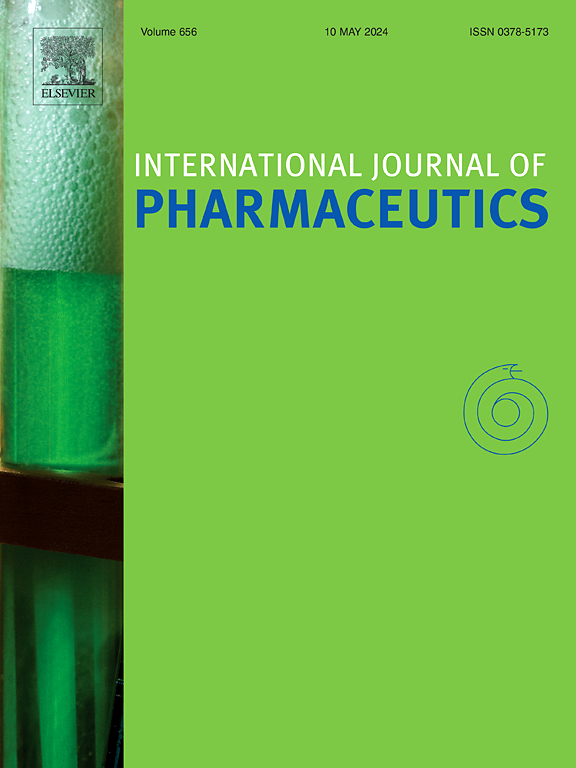Bacterial exopolysaccharide and metal-doped bioactive glass nanoparticles-based electrospun membranes for chronic wound healing
IF 5.3
2区 医学
Q1 PHARMACOLOGY & PHARMACY
引用次数: 0
Abstract
Healing of chronic wounds requires interactive dressings that not only meet basic biological criteria, of biocompatibility, but also offer additional functionalities such as antioxidant and antibacterial properties. In this study, three novel multifunctional nanofibrous membranes based on EPS, an α-glucan exopolysaccharide produced by Lacticaseibacillus rhamnosus P14, blended with PEO as a co-polymer were successfully developed using electrospinning. The membranes incorporated Cu or Ag-doped bioactive glass (BG) nanoparticles, to enhance their functionalities. The structural and thermal properties of the electrospun membranes were characterized using FT-IR, TGA, and DSC analysis. In addition, the surface morphology, fiber size, and porosity were examined by SEM analysis. Additionally, their biological properties, including antioxidant and antibacterial activities, were thoroughly investigated. SEM confirmed the effective electrospinning of the EPS-PEO and EPS-PEO-BG blends from aqueous solutions using optimized process parameters, resulting in the successful incorporation of the BG nanoparticles and uniform fibers with average diameter ranging from 270 to 352 nm. Moreover, DPPH RSA and FRAP assays showed a significant antioxidant capacity for all prepared membranes which is attributed to the EPS component. Moreover, the antibacterial activity revealed a notable inhibition against E. coli and S. aureus after 24 h exposure to the composite membranes. This work presents a novel synergistic approach to developing multifunctional wound dressing by combining the antioxidant properties of EPS, the antibacterial activity of ion-doped bioactive glass nanoparticles, and structural benefits of electrospinning.

求助全文
约1分钟内获得全文
求助全文
来源期刊
CiteScore
10.70
自引率
8.60%
发文量
951
审稿时长
72 days
期刊介绍:
The International Journal of Pharmaceutics is the third most cited journal in the "Pharmacy & Pharmacology" category out of 366 journals, being the true home for pharmaceutical scientists concerned with the physical, chemical and biological properties of devices and delivery systems for drugs, vaccines and biologicals, including their design, manufacture and evaluation. This includes evaluation of the properties of drugs, excipients such as surfactants and polymers and novel materials. The journal has special sections on pharmaceutical nanotechnology and personalized medicines, and publishes research papers, reviews, commentaries and letters to the editor as well as special issues.

 求助内容:
求助内容: 应助结果提醒方式:
应助结果提醒方式:


